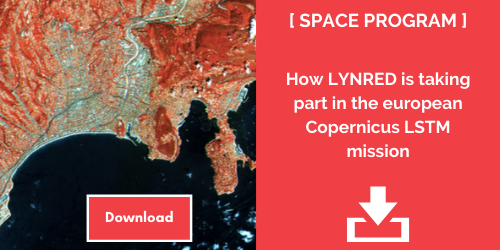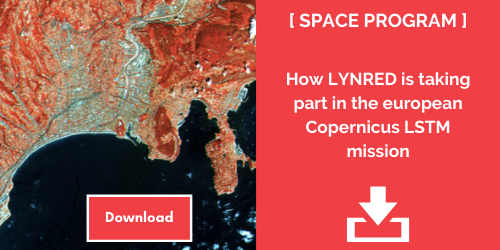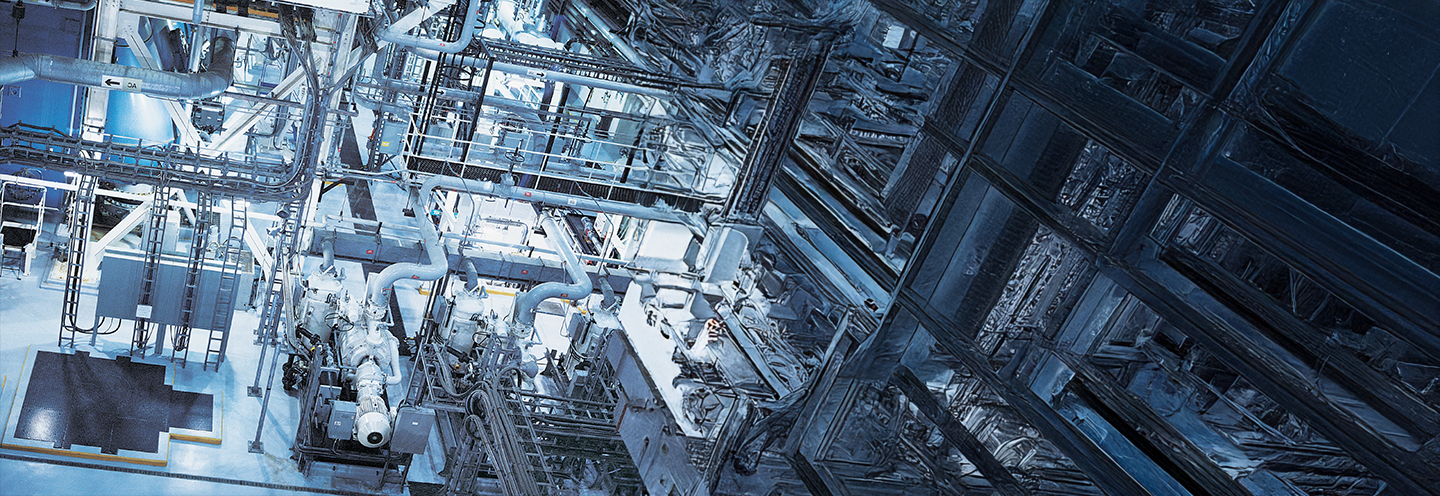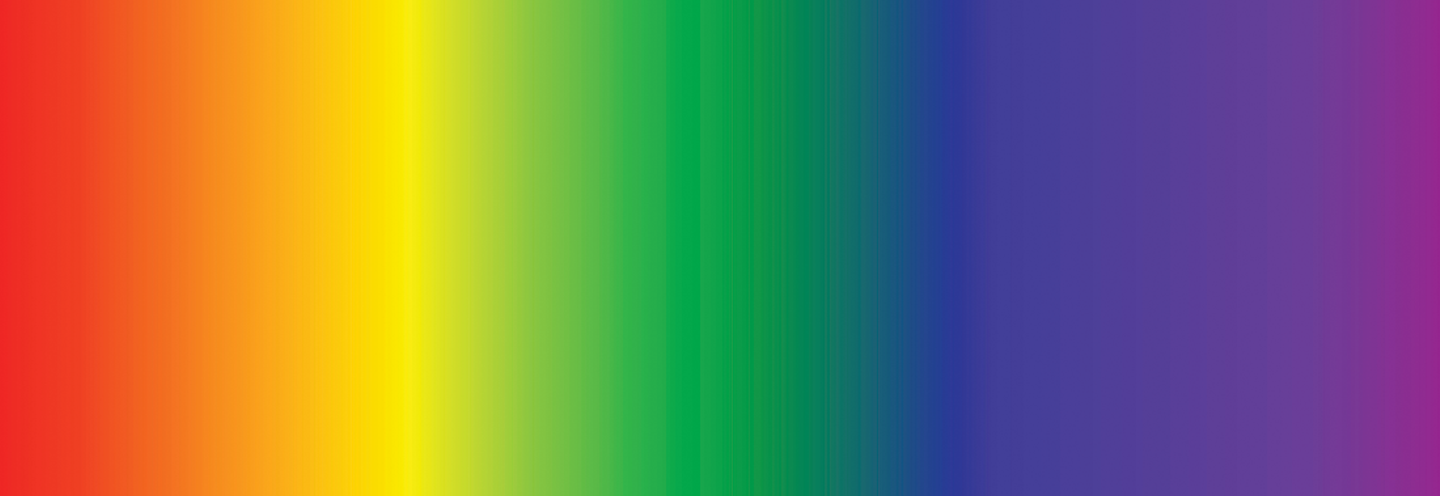Ever since the 1960s, the space industry has become a hotbed of activity with nations and associations around the world launching missions to observe the Earth and our solar system's planets and their natural satellites, pioneering scientific studies focusing on our planet's environment and weather systems, ramping up satellite communications and developing civil and military surveillance systems. These are just some of the applications drawing strength from the infrared technology. The first IR detectors were produced back in the 1960s-1970s. Detectors and their performance levels have vastly improved over the years, which explains why they continue to be one of the mission-critical components for today's increasingly ambitious space projects.
What role does infrared technology play in these space activities? What specific applications can be developed with IR detectors? Finally, why do Earth observation programs incorporate infrared technology?
These are some of the questions that we will answer in this article as we offer a clearer insight into how the space industry is harnessing the infrared technology to explore the universe.
1 - Weather and global warming: how can infrared be used to track trends in the Earth's environment?
- Observing environmental changes and anticipating their consequences
Infrared technology can be used to keep track of changes in the climate by studying ocean and continent temperatures as well as the composition of the atmosphere. It also provides oceanography experts with an easier way to monitor the planet's marine ecosystems by analyzing the color of the ocean.
Technically speaking, how does it work? The infrared detectors embedded in a satellite's electronic systems sweep the Earth's surface, detect the radiation emitted or reflected by the surfaces in the detectors' path and convert that information into images or scientific data that are fed into mathematical models for predicting trends and changes.
These detectors also have the ability to see straight through dust clouds, meaning that they can stream images in all weather conditions.
The capabilities and performance of IR detectors have cemented the technology's position high on the priority list for a number of space missions. A shining example is MicroCarb, the first European mission for monitoring CO2. An infrared detector (SWIR) has been engineered into the MicroCarb satellite to track and capture CO2 emissions in the atmosphere with the aim of shedding greater light on the mechanisms driving climate change.
- Infrared technology is used by meteorologists
Weather experts can study and measure the surface of the Earth and cloud cover as sources of infrared radiation to produce contrasting images representing the different temperatures. The hotter the object, the darker its color, while the coldest objects appear to be the whitest. High cloud groups are whiter than low level clouds, because they are colder.
Analyzing humidity content and distribution in the upper layers of the atmosphere provides several advantages, such as predicting the weather. Infrared imaging allows experts to observe cloud formations with a high water vapor content by representing them in black, meaning that they can see and predict the bands of cloud specifically causing areas of low pressure.
Lastly, infrared sensors can measure and evaluate temperatures in the atmosphere and the oceans.
The infrared sensors embedded in satellites tracking the heat signature of oxygen in a major layer of the atmosphere have produced a wealth of data allowing scientists to demonstrate that the troposphere is warming up while the stratosphere is cooling down, which is a tell-tale sign of global warming.

2 - Agriculture: observing crops
- Keeping a close eye on crop conditions and estimating crop yield from space.
Infrared technology delivers images at the key stages during the crop growth cycle, enabling agricultural professionals to determine crop conditions based on their biophysical parameters, including the leaf area index, the chlorophyll content, the water stress in the plants and any abnormal plant growth.
Observational data can be combined with complex agrometeorological models to manage and anticipate harvests with the goal of fulfilling a country's food needs and putting a figure on its export capacities.
Infrared also has the ability to grade different types of crop and soil, estimate and improve harvest performance, and ensure compliance with legislation and regulations.
- Observing and monitoring the state of our forests
Infrared plays a role in analyzing trends in forest extent and change. As such, the technology brings an extra level of simplicity to forest management processes, such as determining forest cover and stand structure, and estimating the damage caused by extreme weather events (forest fires, storms, hurricanes, etc.), as well as developing and monitoring protected sites.
3 - Military observation: infrared enables countries to scale up their surveillance and intel-gathering capabilities
- Monitoring sensitive areas
Intelligence officers can use reconnaissance satellites fitted with infrared detectors to collect intel on an enemy country's civilian and military assets, and identify its fixed installations, weapons and military units. The idea is to gather strategic military information in an effort to prevent and pre-empt potential crises.
With the prospect of space warfare no longer confined to the realms of science fiction, the ability to keep a watchful eye on the world's airspace has become a real strategic challenge.
Finally, intel-gathering activities are a vitally important part of any military operation, which explains why space satellites carrying infrared detectors are key to enhancing operational independence for armed forces.
Infrared detectors are integrated into artificial satellites to detect enemy nations launching ballistic missiles. Detectors are capable of identifying the missile from the heat emitted by the engine during propulsion. As soon as the alarm is raised, military forces can spring into action and take the necessary measures.
4- What role can infrared play in scientific programs and missions?
Infrared technology has been incorporated into a large number of space projects and missions, such as plans to launch an infrared telescope into space to study the origins and evolution of the universe's galaxies and planets, as well as offer insights into how stars are formed and the behavior of interstellar dust.
The European Euclid astrophysics space mission also features infrared capabilities. Fitted with the largest infrared camera ever sent into space, this satellite has been engineered to produce data for conducting research into dark matter and dark energy. The telescope will allow scientists to accurately measure the distances of billions of galaxies and produce 3D maps of the universe.
Finally, the ExoMars mission for observing Mars and its atmosphere uses infrared sensors to detect whether there is any life on Mars or whether life has ever existed on the Red Planet.
Space continues to attract increasing attention, whether from scientists, armed forces or environmental experts. Infrared technology has always been inextricably linked to the sector's development, since its viewing capabilities are what make the technology such a powerful ally.
With IR detector professionals constantly designing products for greater performance, the number of missions incorporating the technology will grow. This cause-effect relationship clearly shows that infrared has forged its reputation as a mission-critical technology for the space sector and continues to make a growing contribution to missions aimed at observing the Earth and exploring the universe.












